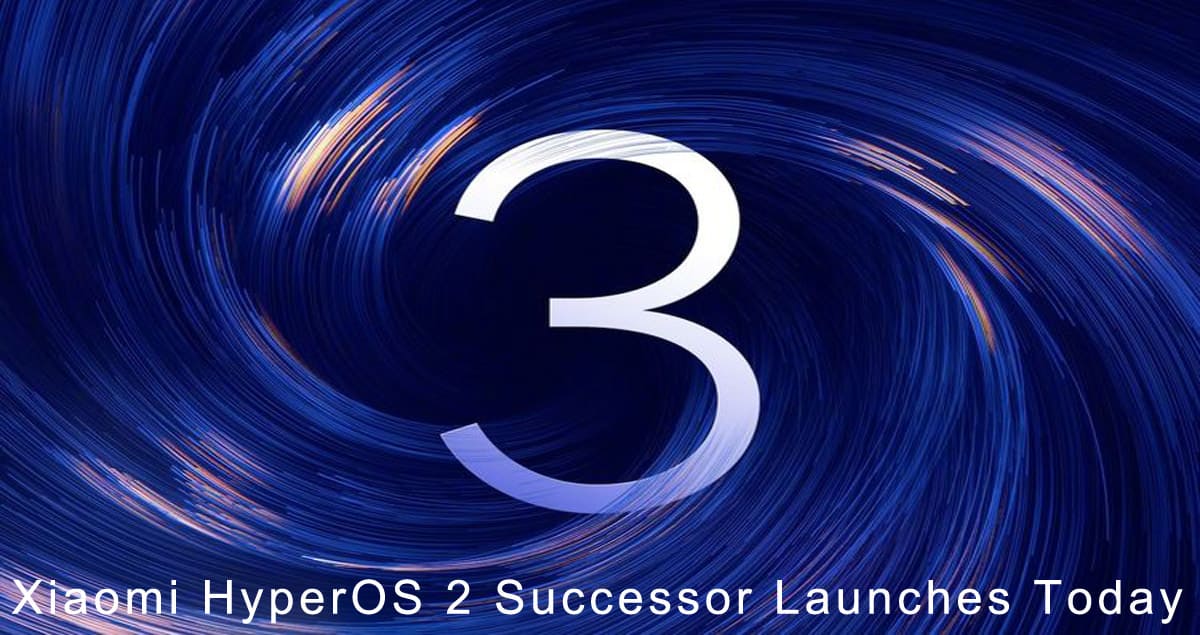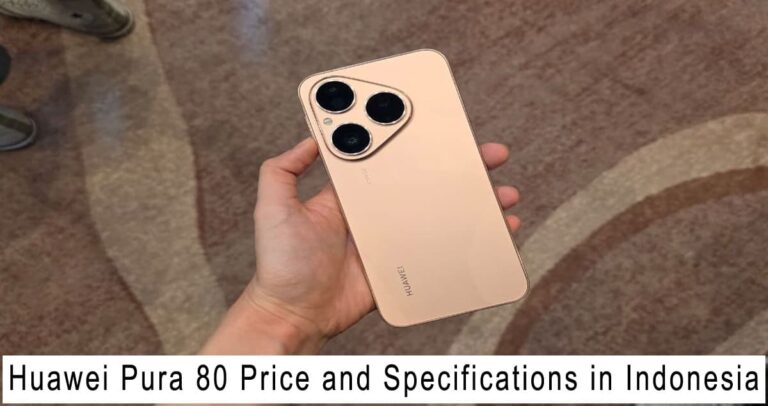
Xiaomi HyperOS 2 Successor Launches Today
Xiaomi HyperOS 2 Successor Launches Today – Today marks an important milestone for Xiaomi: the official launch of the successor to HyperOS 2. For most casual users, this might sound like “just another update.” But for Mi Fans, developers, and serious tech followers, this is a strategic leap that could reshape how we think about Xiaomi’s ecosystem. https://chuebaerg.com
HyperOS has always been more than just a user interface—it’s the backbone of Xiaomi’s attempt to build a tightly connected ecosystem, similar to what Apple has with iOS and macOS. With the new generation, Xiaomi is clearly aiming higher: AI-driven intelligence, seamless device integration, and enterprise-grade security.
So, what makes this release different? And why should it matter to both users and developers? Let’s break it down.
Xiaomi HyperOS 2 Successor Launches Today :
What’s New Compared to HyperOS 2?
While HyperOS 2 brought stability and optimization, the new version introduces a more ambitious vision. Three areas stand out:
1. Smarter AI That Works Proactively
The built-in assistant now goes beyond voice commands. It predicts needs based on user behavior. For example, it might suggest enabling battery saver mode if it detects you’re on a long trip, or it could automatically summarize your emails each morning without being asked.
For creative users, AI is now built directly into photo and video editing. Imagine removing objects from a photo or generating captions automatically—without needing third-party apps.
2. True Cross-Device Harmony
One of Xiaomi’s biggest selling points has always been its wide device ecosystem: smartphones, tablets, smart TVs, wearables, even smart home appliances. The new HyperOS ties them together more tightly.
- On your phone, begin drafting an email, then finish it on your tablet.
- Turn your smartwatch into a complete TV or phone remote control.
- Share files instantly across devices without third-party apps.
This level of integration mirrors Apple’s ecosystem, but Xiaomi’s twist is that it remains open enough for third-party devices, which could make adoption wider.
3. Security That Matches Enterprise Standards
Security has long been a weak spot for many Android-based systems. Xiaomi’s new OS addresses this by reinforcing the kernel and adding real-time AI-based threat detection. Suspicious activities—whether from apps or network traffic—can be flagged instantly.
For business users and developers who handle sensitive data, this is a crucial step forward.
Key Technical Improvements
Compared to HyperOS 2, the latest version also brings concrete technical upgrades:
- 18% lower memory consumption → smoother multitasking.
- Adaptive UI that changes depending on context—work, entertainment, or gaming.
- Monthly security updates promised → a major step forward from Xiaomi’s inconsistent update history.
- New developer APIs that unlock deeper AI integration into third-party apps.
These improvements show that Xiaomi isn’t just polishing Android; it’s building something closer to a full-fledged platform.
Why This Release Matters for Developers
For developers, this OS is more than a UI refresh. The new APIs allow apps to tap into Xiaomi’s native AI features, like smart text generation, voice recognition, and image processing.
Even more interesting, Xiaomi is enabling multi-platform app development. In practice, this means developers can build once, and their apps will run across smartphones, tablets, wearables, and even smart home devices—without major rewrites.
Xiaomi also teased a more flexible app marketplace, with revenue-sharing models that could attract indie developers who feel constrained by Google Play or Apple’s App Store policies.
Xiaomi’s Bigger Strategy: Challenging iOS and Stock Android
Make no mistake: this release isn’t just about features—it’s about positioning. Xiaomi is signaling that it wants to compete at the ecosystem level, not just the hardware level.
By tightening integration, adding smarter AI, and promising faster updates, Xiaomi is directly addressing the areas where iOS traditionally shines. If the company can deliver consistently, it might persuade premium Android users—and even some iOS users—to consider Xiaomi devices.
The Challenges Ahead
Of course, ambition comes with obstacles. Some of the key challenges include:
- App compatibility: Even if it’s Android-based, apps will need optimization to use the new features effectively.
- Global trust issues: Privacy remains a major concern, especially in Europe and the U.S., where Xiaomi’s reputation isn’t always strong.
- Keeping promises: Monthly updates sound great, but Xiaomi needs to prove it can sustain this commitment long-term.
Without resolving these, even the most intelligent operating system may stall.
Final Thoughts
The successor to Xiaomi HyperOS 2 is more than just a new skin—it’s Xiaomi’s boldest step yet toward building a full ecosystem. With AI that’s smarter and more proactive, seamless cross-device integration, and enterprise-level security, the new HyperOS feels like a statement: Xiaomi is ready to compete not just on price, but on software sophistication.
For users, it means a smoother, smarter daily experience. For developers, it opens doors to building more powerful, cross-platform apps. Additionally, for the industry as a whole, it indicates that the fight for ecosystems is only going to get more intense.
One thing is certain: if Xiaomi can stay consistent, this release could be the beginning of a serious challenge to the dominance of Apple and Google.



